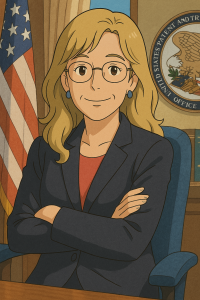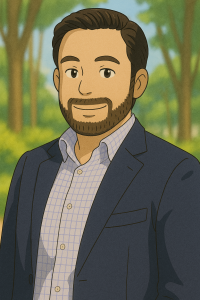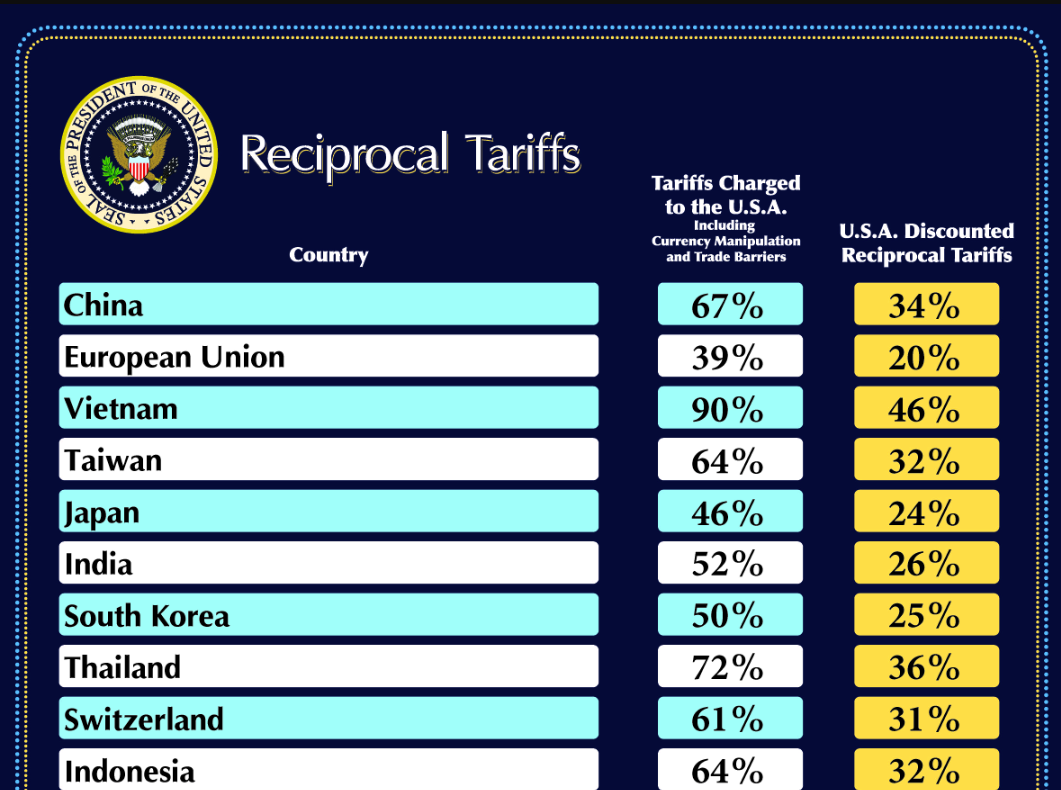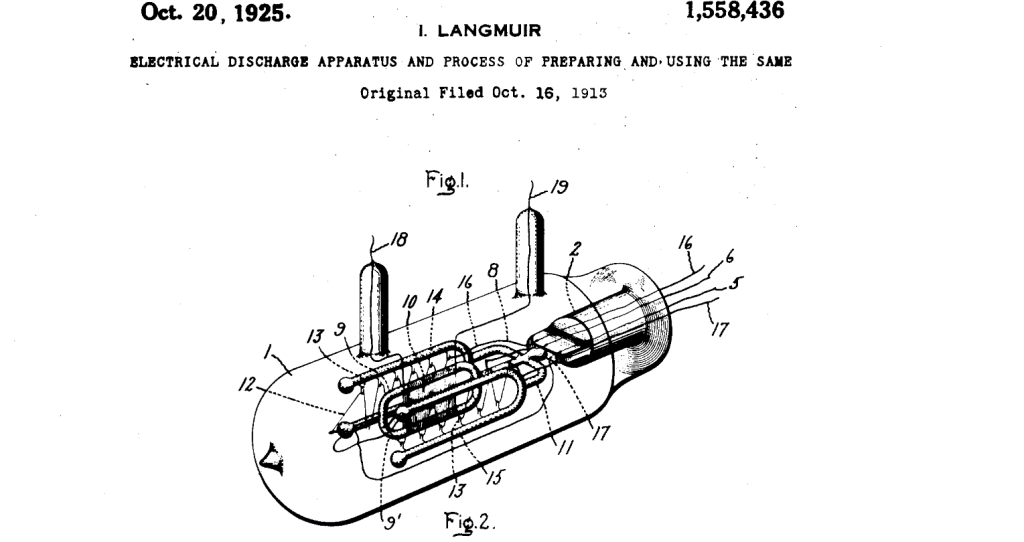by Dennis Crouch
Google has skipped its chance to respond to Cellspin's petition for writ of certiorari in a case raising questions about judicial recusal standards. In Cellspin Soft v. Fitbit, the petitioner asks the Supreme Court to address when federal judges must recuse themselves under 28 U.S.C. § 455 and whether appellate courts must determine recusal issues before reaching the merits of a case. The petition stems from patent infringement litigation initiated by Cellspin against several technology companies, including Fitbit (owned by Google), asserting Bluetooth media upload patents.
The recusal issue emerged after N.D. Cal. Judge Yvonne Gonzalez Rogers granted summary judgment of non-infringement to all defendants. Cellspin subsequently filed a motion seeking the judge's recusal under 28 U.S.C. § 455, which governs judicial disqualification. The motion was based primarily on two grounds: (1) the judge's spouse worked as an operating partner at Ajax Strategies, a venture capital firm with financial ties to Google (seemingly as co-investors), and (2) the judge personally owned investments in a hedge fund worth between $5-25 million with undisclosed investments.
To continue reading, become a Patently-O member. Already a member? Simply log in to access the full post.




